Learning Probabilistic Graphical Models in R. Familiarize yourself with probabilistic graphical models through real-world problems and illustrative code examples in R David Bellot, Dan Toomey
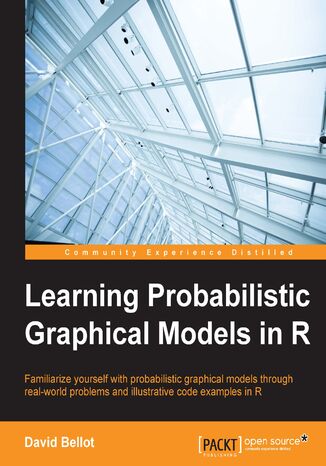



- Autorzy:
- David Bellot, Dan Toomey
- Wydawnictwo:
- Packt Publishing
- Ocena:
- Stron:
- 250
- Dostępne formaty:
-
PDFePubMobi
Opis
książki
:
Learning Probabilistic Graphical Models in R. Familiarize yourself with probabilistic graphical models through real-world problems and illustrative code examples in R
We’ll start by showing you how to transform a classical statistical model into a modern PGM and then look at how to do exact inference in graphical models. Proceeding, we’ll introduce you to many modern R packages that will help you to perform inference on the models. We will then run a Bayesian linear regression and you’ll see the advantage of going probabilistic when you want to do prediction.
Next, you’ll master using R packages and implementing its techniques. Finally, you’ll be presented with machine learning applications that have a direct impact in many fields. Here, we’ll cover clustering and the discovery of hidden information in big data, as well as two important methods, PCA and ICA, to reduce the size of big problems.
Wybrane bestsellery
David Bellot, Dan Toomey - pozostałe książki
Packt Publishing - inne książki
Dzięki opcji "Druk na żądanie" do sprzedaży wracają tytuły Grupy Helion, które cieszyły sie dużym zainteresowaniem, a których nakład został wyprzedany.
Dla naszych Czytelników wydrukowaliśmy dodatkową pulę egzemplarzy w technice druku cyfrowego.
Co powinieneś wiedzieć o usłudze "Druk na żądanie":
- usługa obejmuje tylko widoczną poniżej listę tytułów, którą na bieżąco aktualizujemy;
- cena książki może być wyższa od początkowej ceny detalicznej, co jest spowodowane kosztami druku cyfrowego (wyższymi niż koszty tradycyjnego druku offsetowego). Obowiązująca cena jest zawsze podawana na stronie WWW książki;
- zawartość książki wraz z dodatkami (płyta CD, DVD) odpowiada jej pierwotnemu wydaniu i jest w pełni komplementarna;
- usługa nie obejmuje książek w kolorze.
Masz pytanie o konkretny tytuł? Napisz do nas: sklep@helion.pl
Książka drukowana















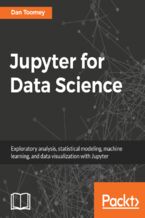
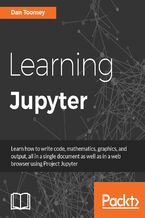
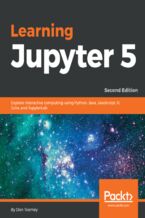
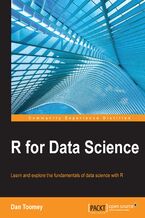





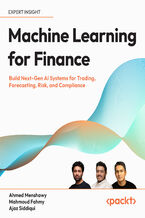
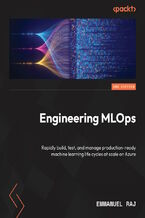

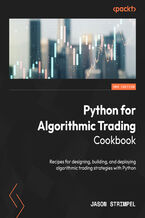

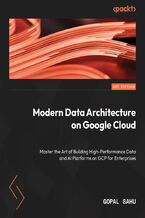

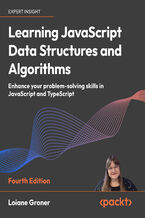
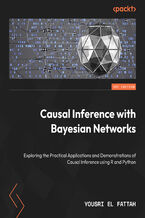
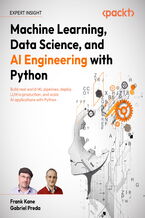



Oceny i opinie klientów: Learning Probabilistic Graphical Models in R. Familiarize yourself with probabilistic graphical models through real-world problems and illustrative code examples in R David Bellot, Dan Toomey
(0)